Doctors Warns Against This Sugary Drink After it Proves Almost Fatal for 2 Toddlers
Recent incidents have brought to light the potential dangers associated with iced slushy drinks, particularly for young children.
Two cases within a week involved toddlers, one aged three and the other four, who were hospitalized after consuming these popular beverages. The incidents have raised concerns about the safety of these drinks, which are sold in cinemas, shops, and play parks.
Glycerol: The Culprit Behind the Danger
The Daily Mail reports that the common factor in both cases was glycerol, an additive used in slushies to prevent them from freezing solid and to act as a sugar-free sweetener.
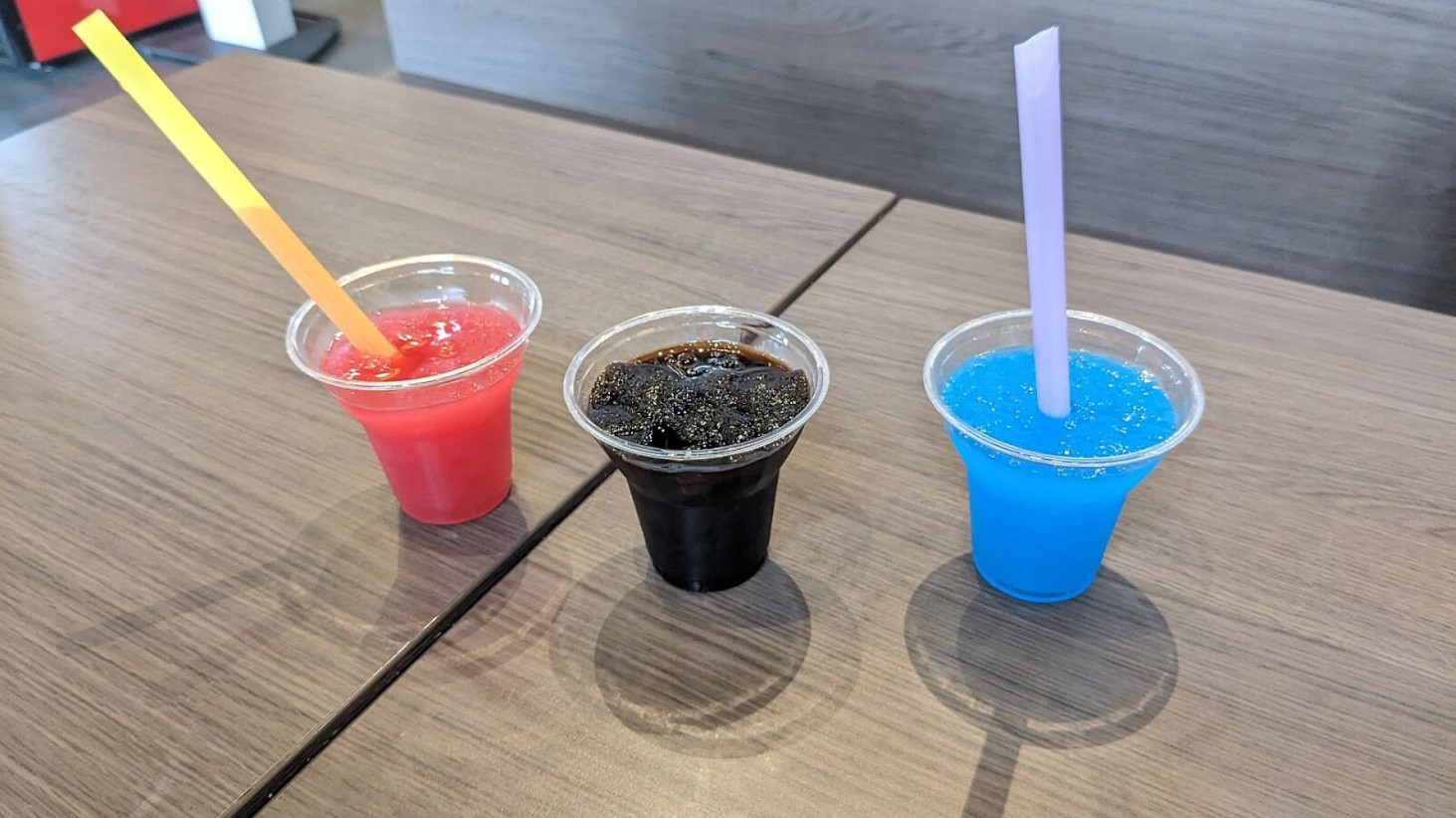
Source: Wikimedia Commons
Known as E422, glycerol gives slushies their characteristic slushy texture. While it is only mildly toxic to humans and poses little danger in small quantities, the incidents suggest that young children may be more vulnerable to its effects.
The Impact of Glycerol on Young Children
For adults and older children, the body can process glycerol before it accumulates to harmful levels. However, for children under four, their significantly lower body weight means the threshold for glycerol to become dangerous is much lower, via information from the Food Standards Agency (FSA).

Source: Kevin Gent/Unsplash
A single 350ml slushy drink containing high levels of glycerol could potentially exceed the “safe” limit for young children, leading to serious health concerns, The Daily Mail notes.
Symptoms of Glycerol Intoxication
Glycerol intoxication can manifest in several ways, ranging from mild to severe. Initial signs include vomiting and headaches, which can escalate to more serious conditions such as shock and hypoglycemia, according to the FSA.

Source: Vika Glitter/Pexels
MedlinePlus explains that shock is particularly dangerous as it hampers the circulatory system’s ability to deliver oxygen-rich blood throughout the body, putting vital organs at risk.
Shocking Cases of Glycerol Intoxication
The potential dangers of glycerol came to the forefront with the cases of two young children. The Mirror reveals in one instance, a four-year-old boy named Albie became unresponsive after drinking a strawberry-flavored slushy during an after school bowling trip.

Source: wirestock/freepik
His condition deteriorated rapidly, leading to hallucinations and a critical drop in blood sugar levels that required hospitalization.
A Close Call for a Young Child
The Daily Mail recounts another alarming case involved a three-year-old boy named Angus, who collapsed and fell unconscious approximately 30 minutes after consuming a raspberry-flavored slushy.

Source: Gustavo Fring/Pexels
His mother, Victoria Anderson, described his body as limp and “stone cold” as paramedics rushed to revive him. Angus’ blood sugar had fallen to dangerously low levels, necessitating urgent medical attention.
Regulatory Response to Slushy Safety Concerns
Following these incidents, the FSA issued guidance advising against the sale of slushy drinks to children under four.
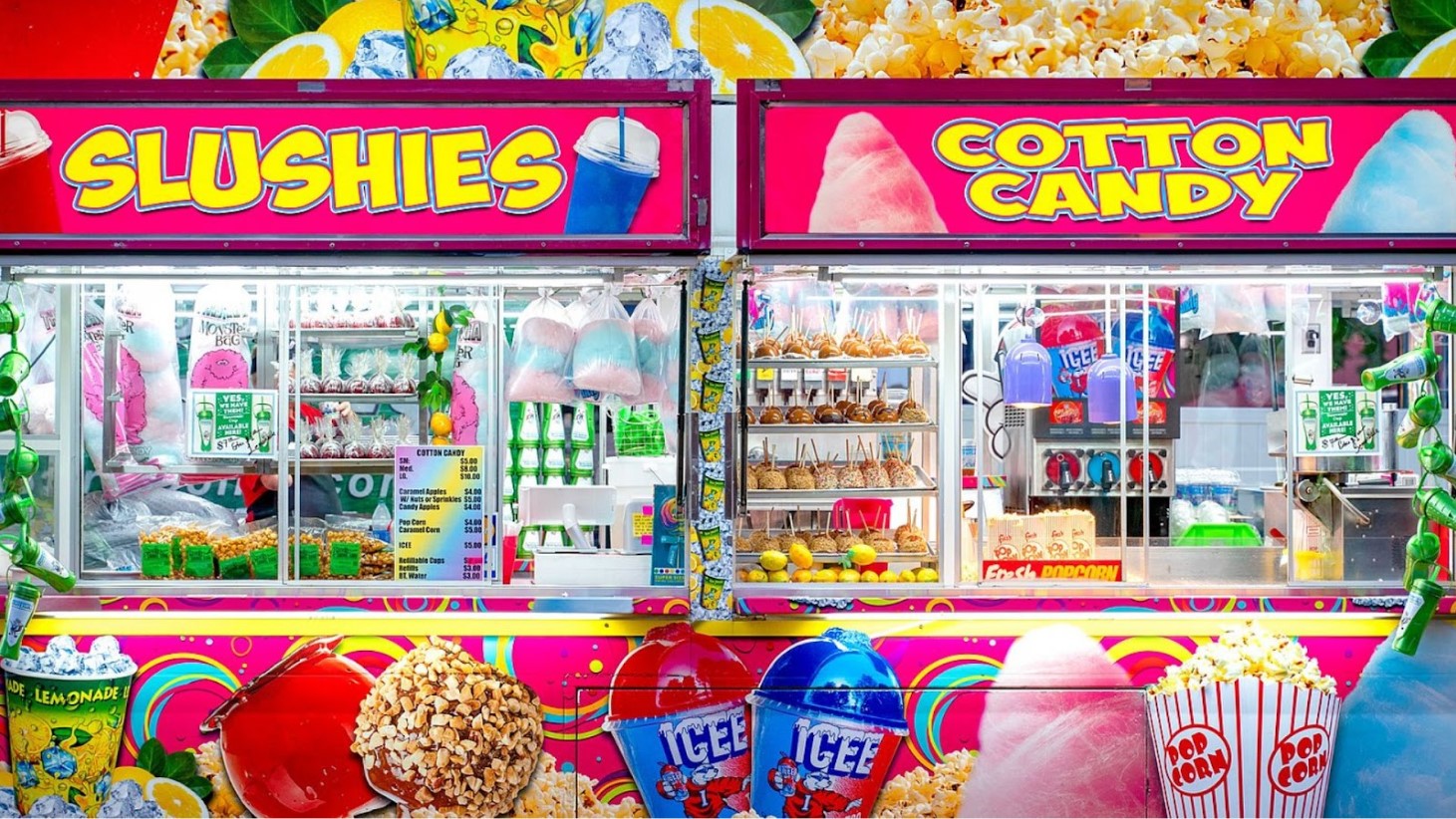
Source: Wikimedia Commons
The FSA also recommended that retailers refrain from offering free refills on slushies to children under ten and called on manufacturers to minimize the addition of glycerol in their products.
Monitoring and Compliance Efforts
The FSA has indicated it will be monitoring the industry’s compliance with its guidance closely.
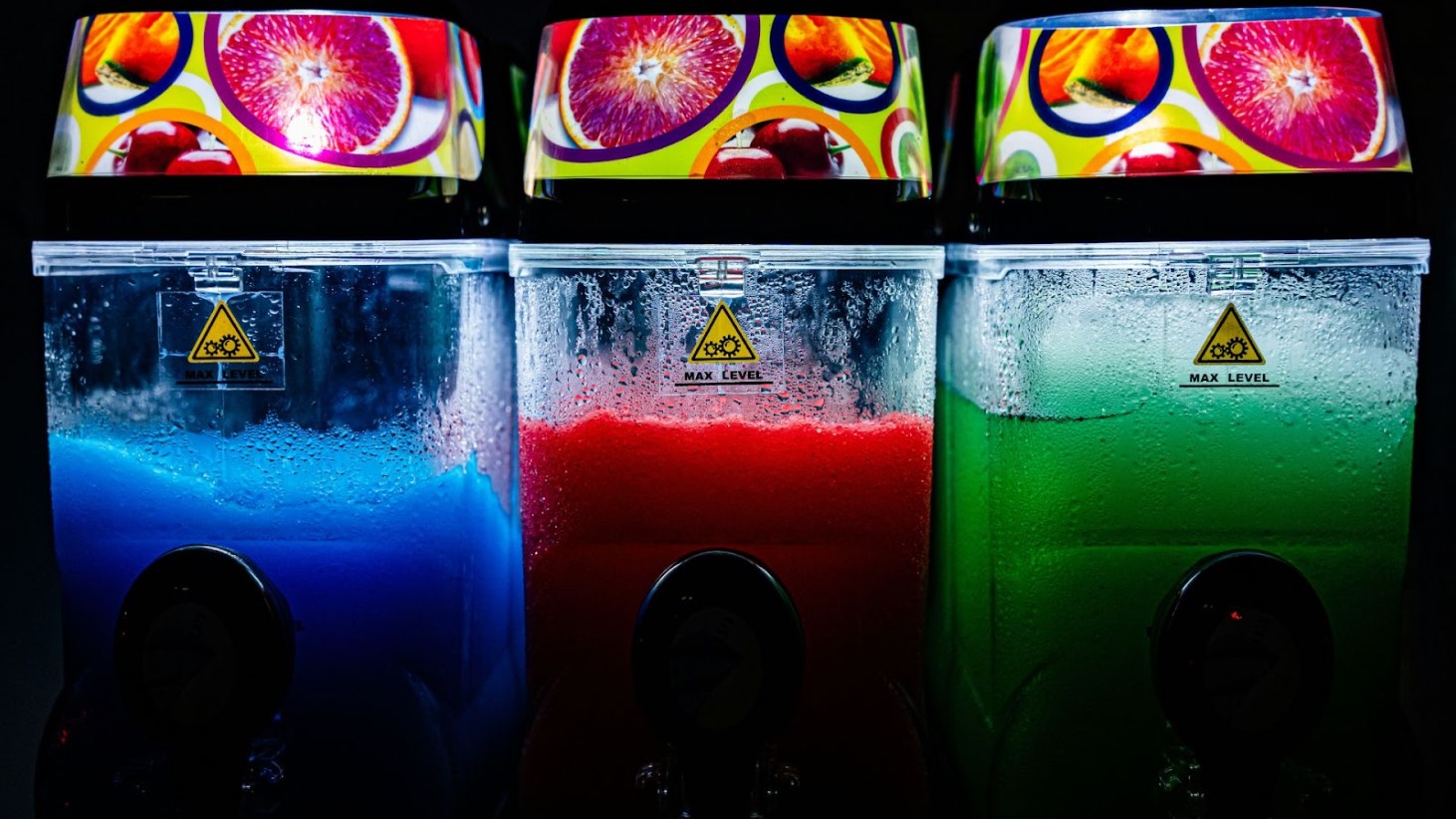
Source: Eryk Piotr Munk/Unsplash
Although, The Daily Mail reports that the British Soft Drinks Association (BSDA) asserts that all its members are following the new guidelines, the FSA remains vigilant and has not ruled out taking further action to ensure the safety of these popular children’s drinks.
Glycerol's Presence in Other Foods
While the focus has been on slushies, The Daily Mail reveals that glycerol is also used in other food products such as precooked pasta, rice, and breakfast cereals, albeit in much lower quantities.
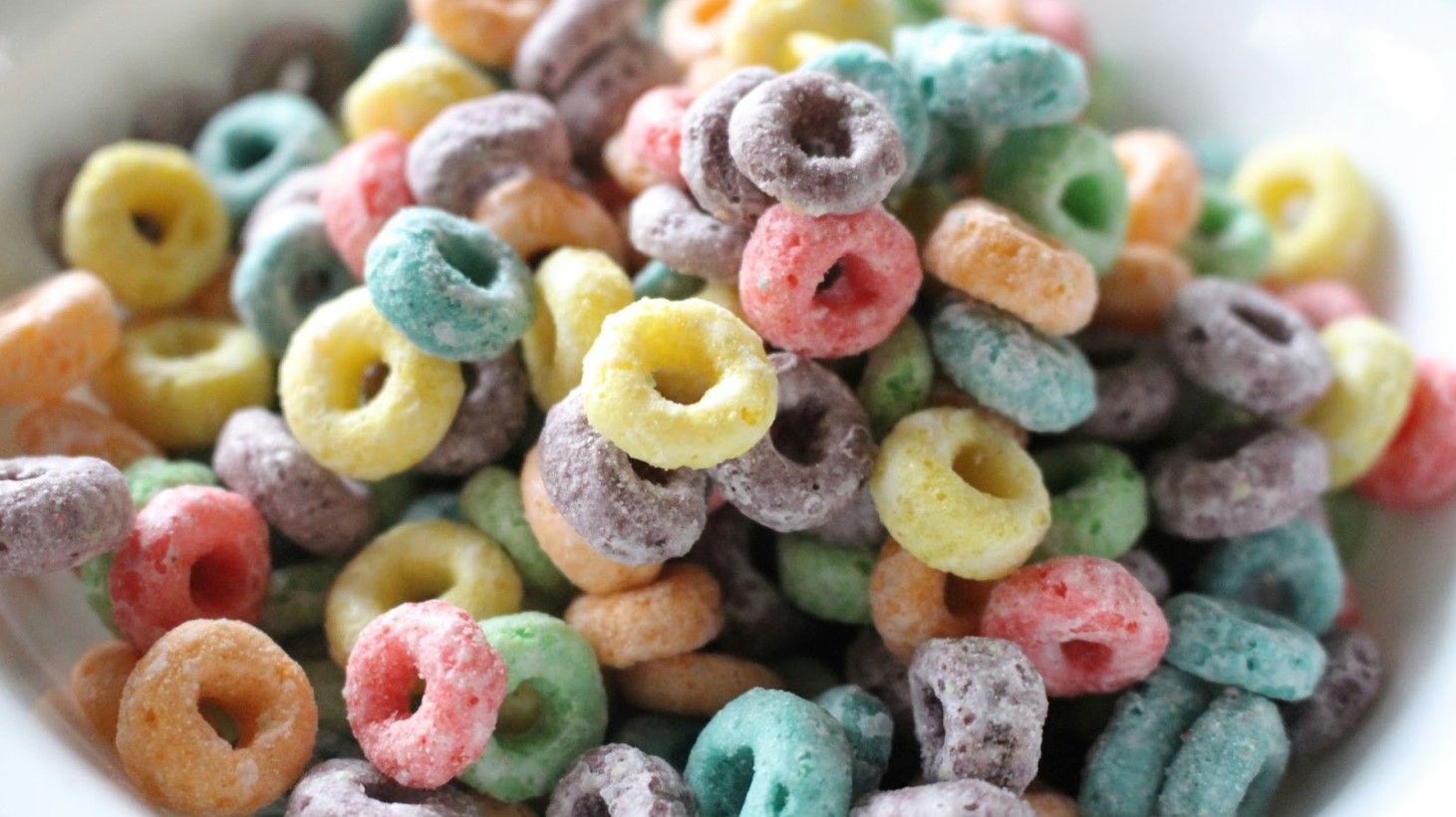
Source: Haley Owens/Unsplash
These levels are not considered hazardous to children, highlighting the unique risk posed by the higher concentrations found in slushy drinks.
The Importance of Parental Awareness
The incidents involving Albie and Angus underscore the importance of parental awareness regarding the contents of children’s beverages.

Source: Bretty Sayles/Pexels
Both cases resulted in the children receiving the necessary medical care, but they serve as a stark reminder of the potential risks associated with certain food additives, particularly for young children.
Guidance from Health Authorities
In light of these cases, health authorities have issued warnings and guidance to prevent similar incidents.
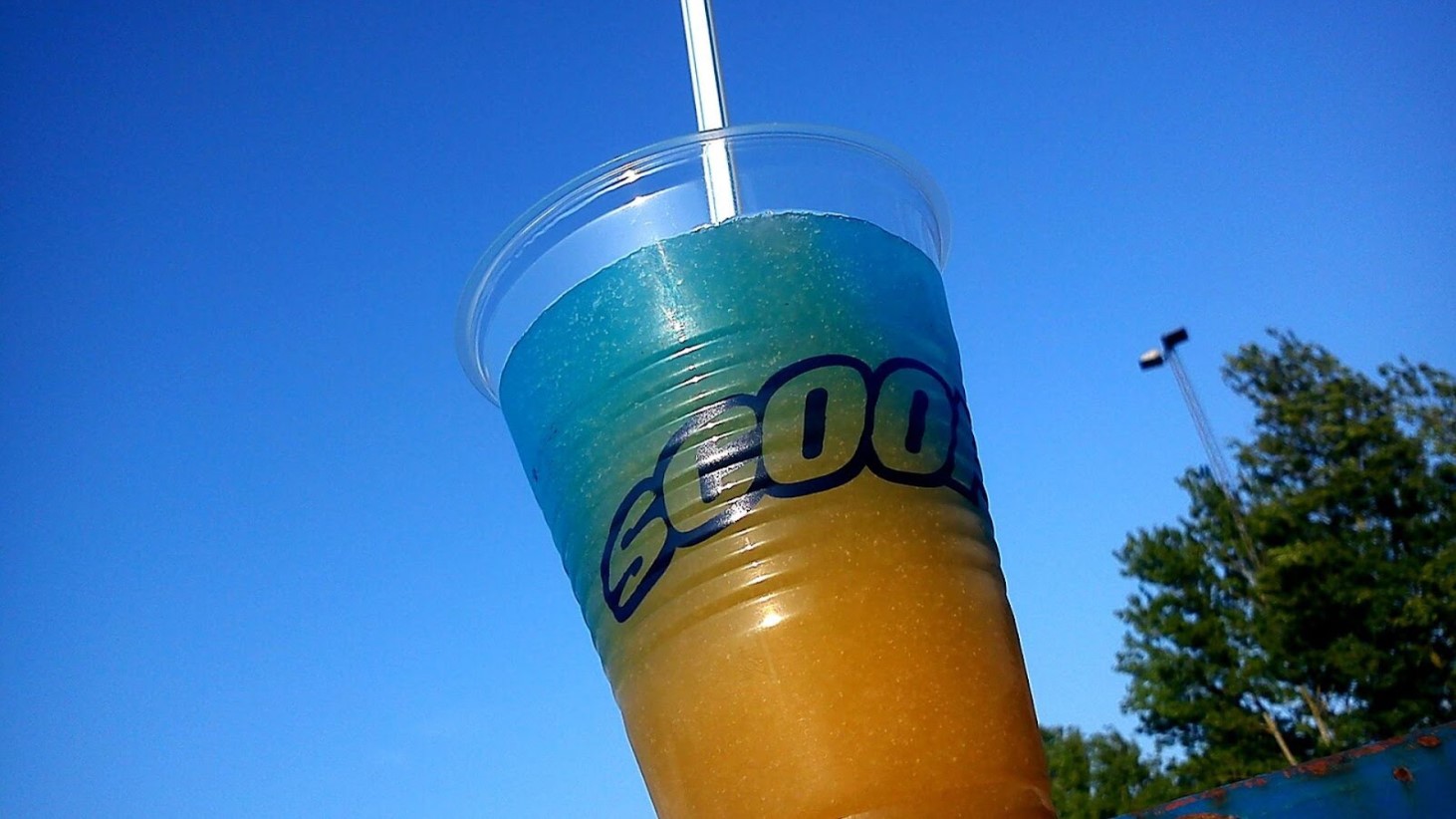
Source: Wikimedia Commons
The advice from the FSA, based on a slushy containing 50,000mg/l of glycerol, aims to protect young children from the adverse effects of glycerol intoxication.
The Call for Vigilance and Action
The recent guidance and the cases of glycerol intoxication in young children have highlighted the need for vigilance among parents, manufacturers, and retailers alike.
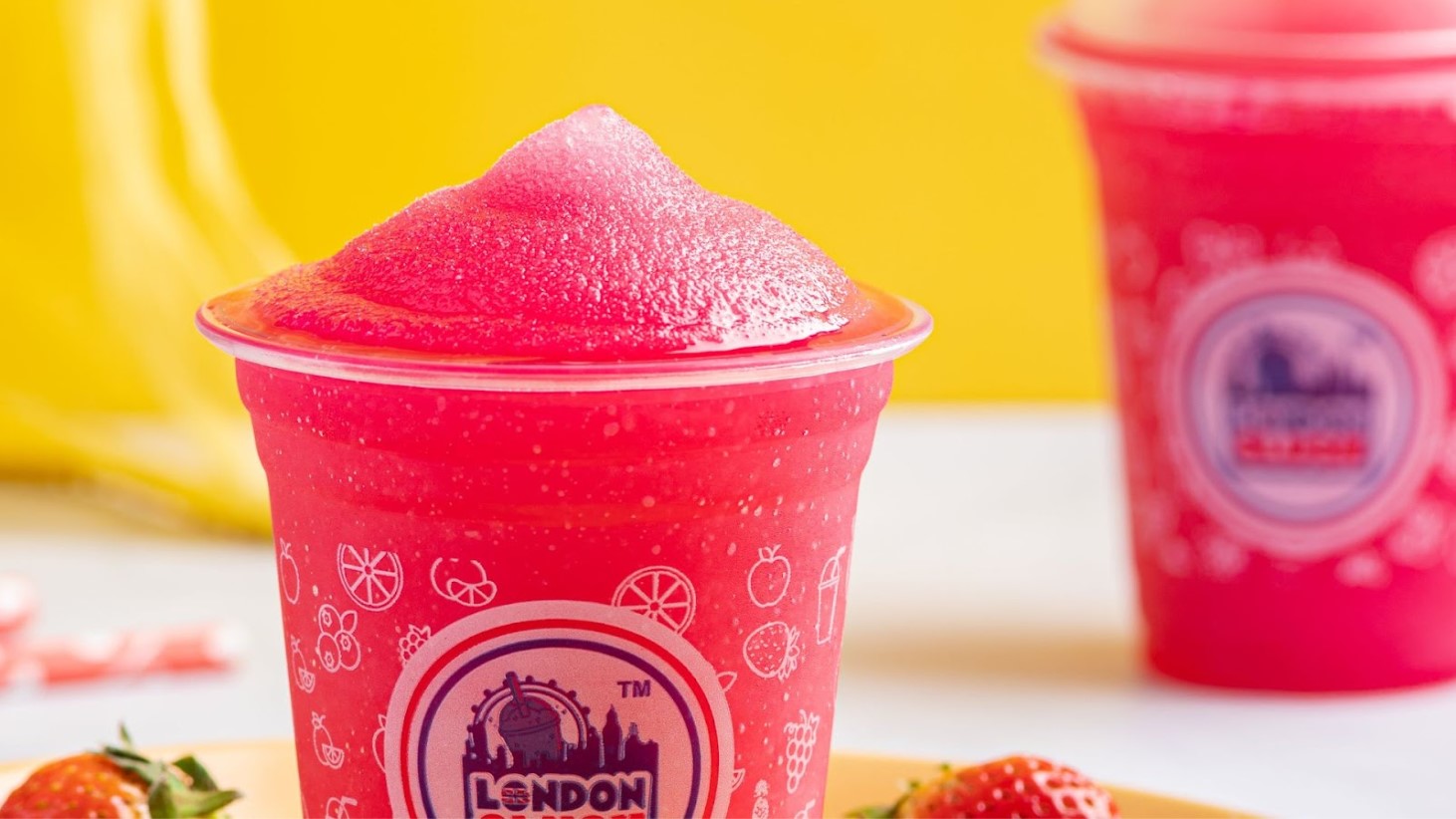
Source: LONDON SLUSH/Pexels
While slushy drinks remain a popular treat, the safety of the youngest consumers must be a priority, prompting all involved to ensure these beverages are safe for all ages.
